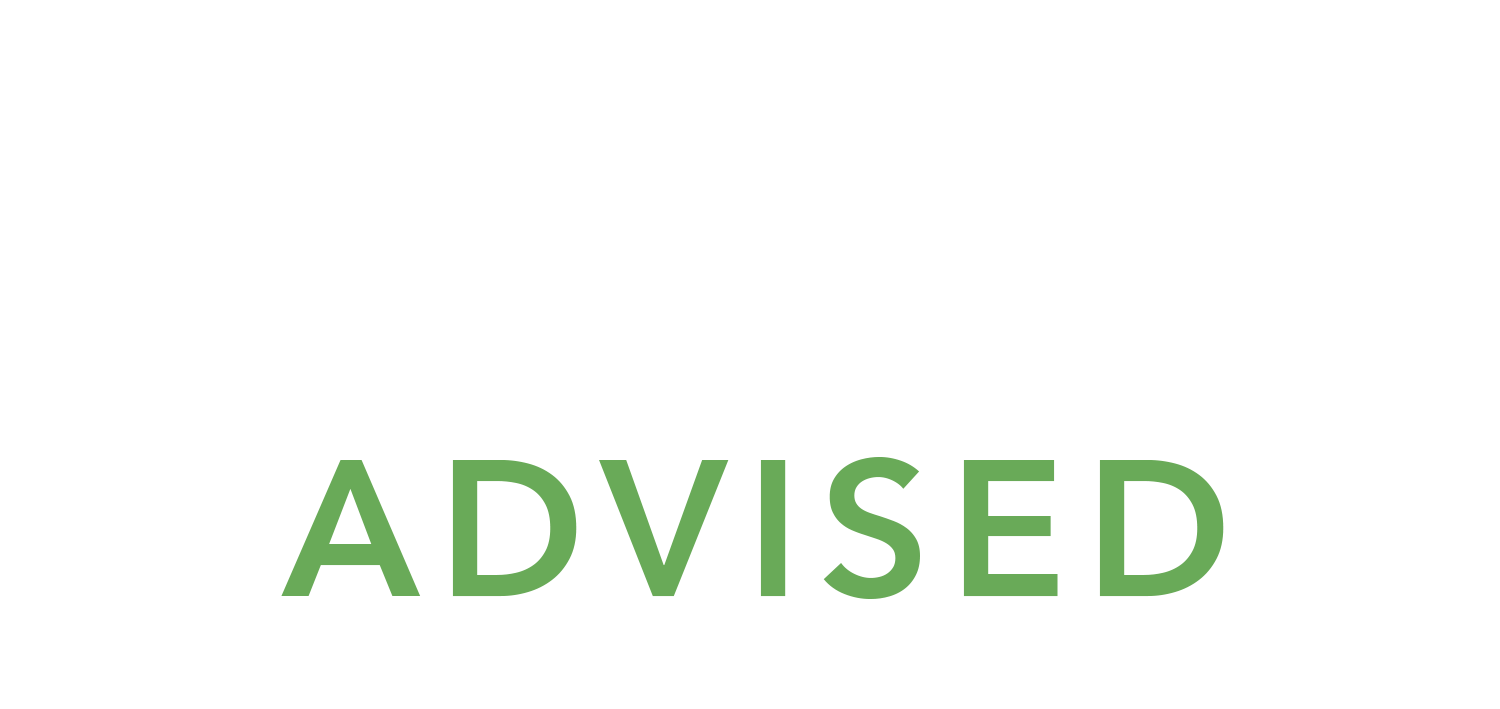Open enrollment season is upon us, and it’s time to re-evaluate your health insurance options. Whether you’re a newcomer to the workforce, an experienced professional, or someone who simply wants to make sure you have the right coverage, this is a critical period for your financial and physical well-being.
What Is Open Enrollment?
Open enrollment is an annual period during which you can make changes to your health insurance plans. Typically, it runs for a limited time, often in the last few months of the year. During this window, you can:
- Enroll in a new health insurance plan.
- Make changes to your existing coverage.
- Renew your current plan.
- Opt for additional coverage options like dental, vision, or flexible spending accounts.
Important Dates:
- November 1: Open Enrollment starts for health coverage for the next plan year — first day you can enroll in, re-enroll in, or change health plans through the Marketplace. Coverage can start as soon as January 1.
- January 15: Open Enrollment ends — last day to enroll in or change health plans for the year. After this date, you can enroll in or change plans only if you qualify for a Special Enrollment Period
Costs and Differences:
Assessing premiums and out-of-pocket expenses plays a crucial role in understanding health insurance costs. Some individuals opt for lower premiums and higher deductibles, reducing their upfront insurance expenses but potentially paying more when medical treatment is needed.
On the flip side, others may choose higher premiums and lower deductibles for a clearer picture of their health insurance costs, minimizing the risk of unexpected significant medical bills.
Types of Plans:
Health Maintenance Organization (HMO)- A plan that collaborates with a network of physicians, hospitals, and medical specialists. Under an HMO plan, expenses for medical services are covered exclusively when provided by an in-network doctor or hospital, except in emergency situations. Typically, HMOs mandate the involvement of a primary care physician who oversees and coordinates your healthcare. However, they require a referral from your primary care physician if you need to see a specialist.
Exclusive Provider Organization (EPO)- This is health insurance designed to cover medical expenses, but exclusively from doctors and hospitals affiliated with the plan’s network. In-network medical treatments are partially covered by the insurance company, and the remaining portion is your responsibility, determined by factors such as your deductible, coinsurance, and out-of-pocket maximum.
It’s important to note that EPO doesn’t pay for out-of-network care, you are required to pay for the entire cost.
Preferred Provider Organization (PPO)- Is recognized for its flexibility as a type of health insurance plan. Insurance companies establish networks by contracting with medical care providers and healthcare facilities. When you seek care from a doctor within the PPO’s network, the insurance company offers the most comprehensive coverage, and you incur the lowest out-of-pocket costs.
PPO plans permit you to receive medical care from providers outside the network, albeit with a significantly reduced coverage percentage. Moreover, PPOs typically do not mandate a referral from your primary care doctor to consult with a specialist.
Other Employer Health Plan Options:
Health Savings Account (HSA)- With an HSA, you can deposit funds tax-free, allow for tax-free growth in your Health Savings Account, as well as make tax-free withdrawals provided the funds are used for eligible medical expenses such as deductibles, copayments, coinsurance, and other qualified healthcare costs.
Flex Spending Account (FSA)- This is a designated account where you allocate funds to cover specific out-of-pocket healthcare expenses. The money contributed to the FSA is tax-free, resulting in savings equivalent to the taxes that would have been paid on the allocated amount. It’s important to note that funds in a flex spending account must be utilized within the designated plan year.
Why Is Open Enrollment Important?
Life Changes: Significant life events, such as marriage, the birth of a child, or a change in employment, can impact your insurance needs. Open enrollment is your chance to adapt your coverage accordingly.
Cost Savings: Open enrollment is an excellent opportunity to reevaluate your premiums, deductibles, and co-pays. By making informed choices, you can save money while still receiving the coverage you need.
Prevent Coverage Gaps: Missing the open enrollment period could mean waiting for another year before you can make changes to your coverage. This could leave you exposed to unexpected medical costs.
Open enrollment is your annual opportunity to take control of your health insurance. By reviewing your current plan, assessing your needs, and exploring new options, you can make the most of this vital period. The choices you make during open enrollment can have a significant impact on your financial and physical well-being, so approach the process with care and attention.
